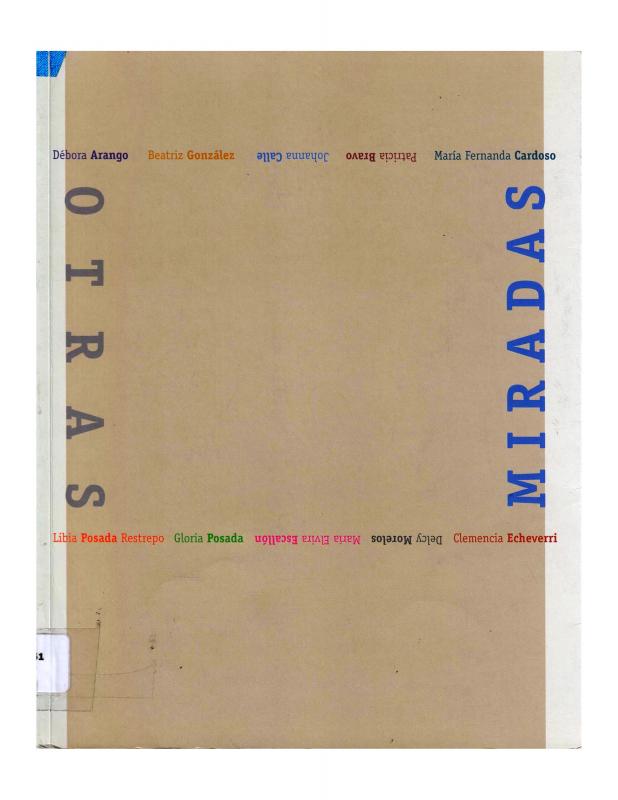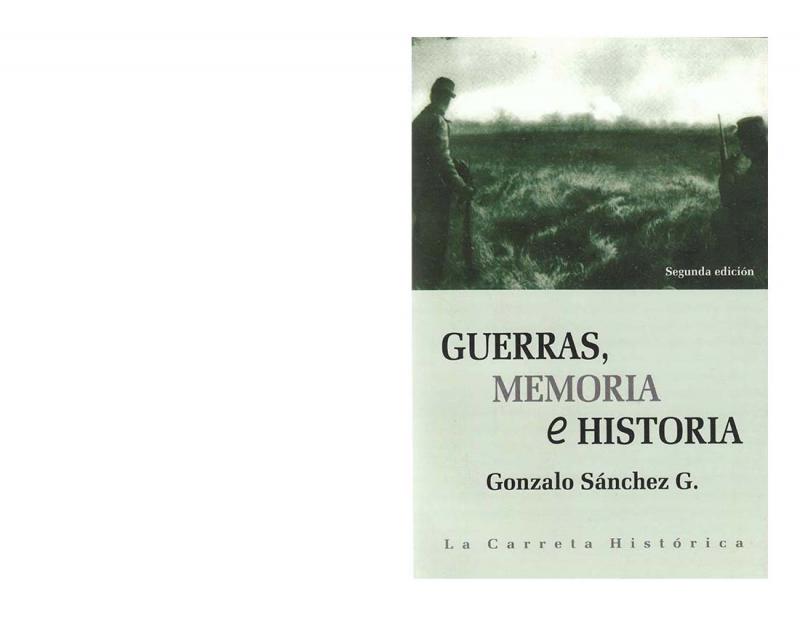This is one of the longest interviews conducted with María Elvira Escallón (b. 1954). Gonzalo Sánchez (b. 1945) is a skillful interviewer who approaches the artist on a very personal level. She responds easily, discussing her creative process and the question of the image and its place in the Colombian imagination. This is a powerful conversation because the two participants, speaking clearly and with no intellectual pretensions, closely examining each aspect they touch on: memory, death, the victims, historical events, oblivion, etc. This is an overview of sociopolitical conditions in Colombia and how—in this case—art reinterprets or portrays them.
Desde adentro [From Within] (2003) is the collection of photographs and a twelve-hour video that Escallón shot five days after the attack on the Club El Nogal in Bogotá in February 2003. Most of these images are directly related to memory. Though not intended in literal terms, some of her shots reveal abandoned buildings that are or once were important places in Bogotá: the La Sabana train station where she shot In Vitro (1998), the Hospital San Juan de Dios that was in En estado de coma [In a Coma] (2004–7), and the Club El Nogal in ruins that was shown in the series mentioned in the Sánchez interview. Sánchez is a noted Colombian historian who has specialized in the subject of violence; his profound essays reflect his study of Colombia’s sociopolitical problems.
It is interesting to note that the artist and the historian discuss the Colombian situation in atemporal terms. In his questions, Sánchez shows that he is very well-informed about violence in Colombia in the twentieth century and that he has done his homework on Escallón’s work. The participants wonder how—from the perspective of art and history—an event like the attack on the Nogal seeps into daily awareness, particularly in terms of how it is covered by the media, especially in photographs. They discuss the question of memory and how to construct a narrative about violence, and how art makes such events visible to all. The artist explains that she was responsible for the artistic and cultural legacy of the club, which gave her easy access to the premises after the attack.
For more information on these subjects, see “Entrevista a María Elvira Escallón” [Interview with María Elvira Escallón], doc. no. 1091921, and “Guerras, memoria e historia” [Wars, Memory, and History], doc. no. 1092308.


